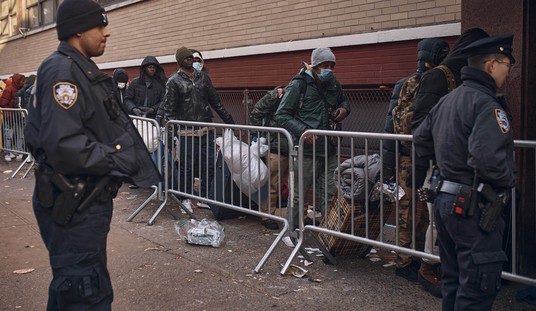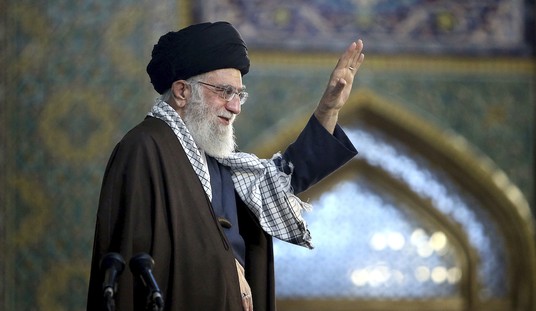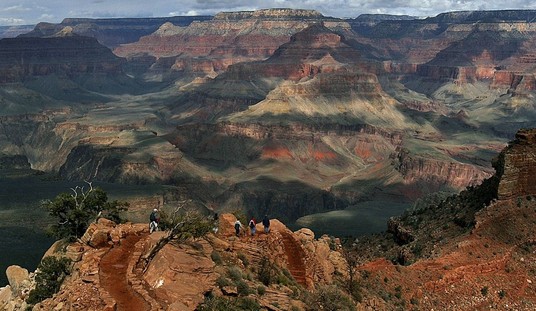Before Israel even entered Gaza there were estimates that there might be 250 to 300 miles of tunnels beneath the strip of land that is only 25 miles long. That seemed pretty extraordinary but it turns out it may have been an underestimate. The NY Times published an update today on Israel’s efforts to find and destroy the tunnel network which suggests the actual length of tunnels could be closer to 450 miles.
Israeli officials and soldiers who have since been in the tunnels — as well as current and former American officials with experience in the region — say the scope, depth and quality of the tunnels built by Hamas have astonished them. Even some of the machinery that Hamas used to build the tunnels, observed in captured videos, has surprised the Israeli military…
In December, the network was assessed to be an estimated 250 miles. Senior Israeli defense officials, who spoke on the condition of anonymity to discuss intelligence matters, are currently estimating the network is between 350 and 450 miles — extraordinary figures for a territory that at its longest point is only 25 miles. Two of the officials also assessed there are close to 5,700 separate shafts leading down to the tunnels.
Israel’s stated goal for the invasion of Gaza was twofold. First, they wanted to recover the hostages and second they wanted to make it impossible for Hamas to continue to exist. But both goals are about finding, exploring and ultimately destroying the tunnels. That’s where the hostages are likely being held and its where Hamas leaders are hiding and giving orders. Israel has found evidence that Hamas has spent millions of dollars on the construction effort.
One 2022 document showed Hamas budgeted $1 million on the tunnel doors, underground workshops and other expenses in Khan Younis…
In addition, a 2015 report indicated that Hamas had spent more than $3 million on tunnels throughout the Gaza Strip, including many built under civilian infrastructure and sensitive locations such as schools and hospitals, the Israeli military said.
There are actually two different tunnel systems. The ones designed for Hamas fighters to get around unseen are usually narrow and fairly shallow. They are also heavily booby-trapped with bombs placed in the walls for remote detonation. But there is a second layer of tunnels designed for long term occupation by Hamas leaders. These tunnels are often much deeper and tend to be wider and more comfortable. It’s in these deeper tunnels where the suspected mastermind of the 10/7 attack, Yahya Sinwar, is still hiding, probably surrounded by hostages.
Fortunately, Israel’s incursion into Gaza has turned up some information including partial maps of the system. The IDF is using those to destroy the tunnels and has also gotten better at recognizing where they will be found. An Israeli official called Hamas’ model the “triangle” which meant that anywhere there was a school, a mosque or a hospital, there would always be a tunnel nearby.
So whatever happened to Israel’s plan to flood the tunnels with seawater? About a month ago that effort had started and there were early reports the tests had gone well. But apparently Israel has given up on it. At the very end of today’s story the Times reports, “attempts to demolish the tunnels by flooding them with seawater have failed.” I’ve looked for more information on that but it doesn’t seem to be out there.
Finally, CNN was one of the first outlets given access to some of the tunnels underneath Khan Younis. They published this report last week.








Join the conversation as a VIP Member